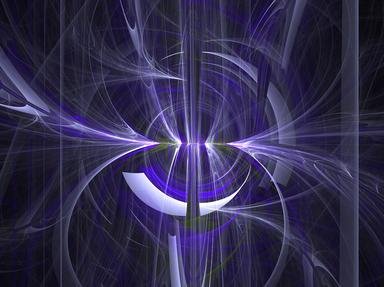Quiz Answer Key and Fun Facts
1. Light is part of the electromagnetic spectrum which includes all EXCEPT which of the following?
2. Light has the properties of which of the following?
3. No matter what material light is traveling in, it travels at the same speed.
4. When light travels from one transparent materials into another, it still travels in a straight line.
5. Even though photons have no mass, light is affected by gravity.
6. If you add equal intensities of red light plus green light, what do you get?
7. In outer space, what color is the Sun?
8. No matter what material light is traveling in, nothing can go faster than light in that material.
9. Incandescence is the emission of light due to heat.
10. Luminescence is the emission of light due to processes other than thermal.
Source: Author
andshar
This quiz was reviewed by FunTrivia editor
rossian before going online.
Any errors found in FunTrivia content are routinely corrected through our feedback system.

